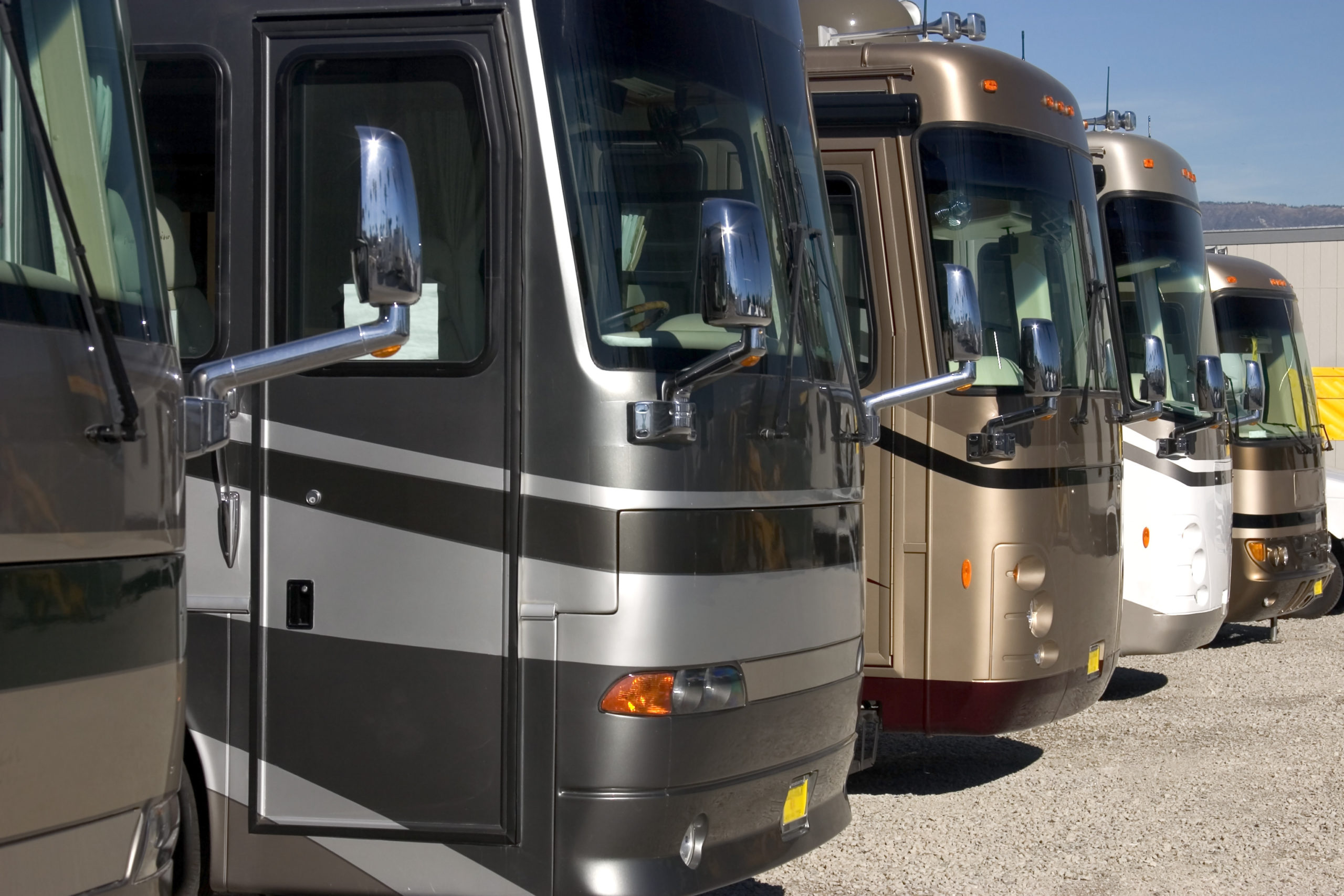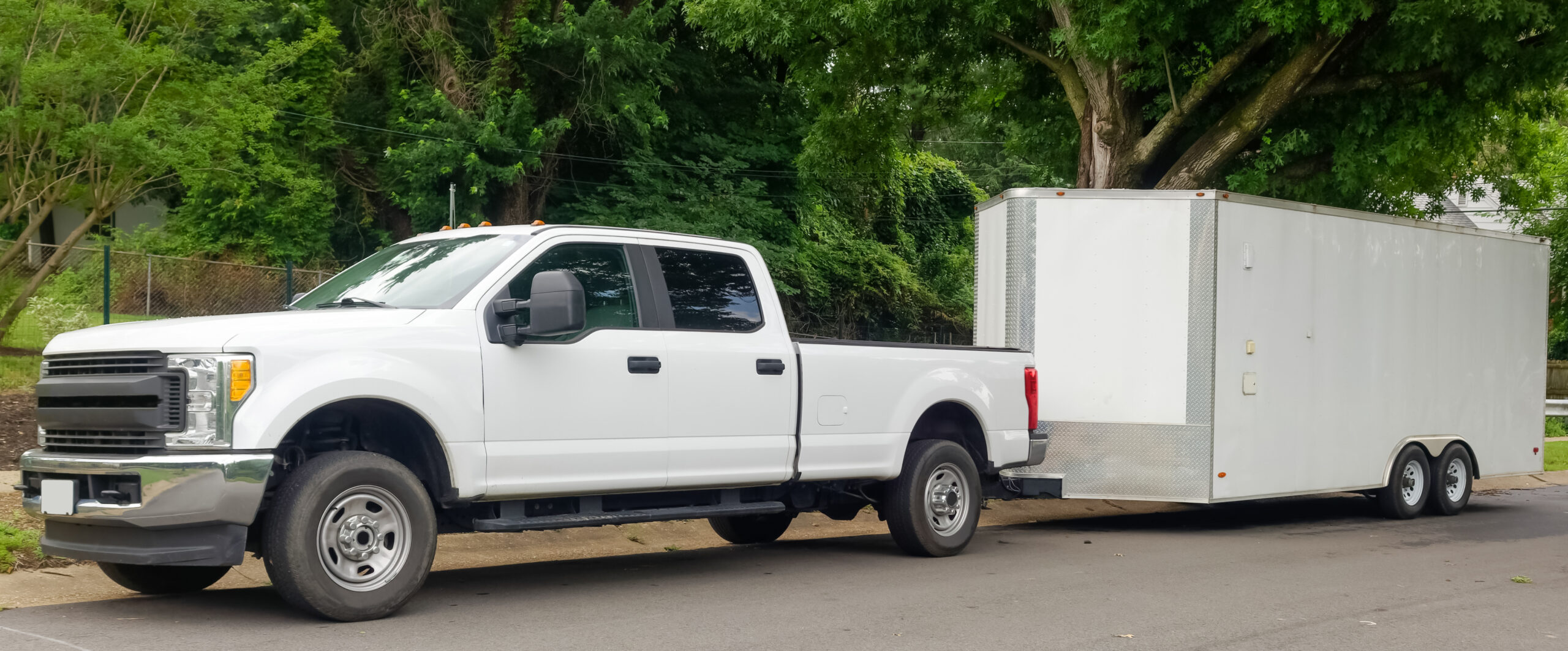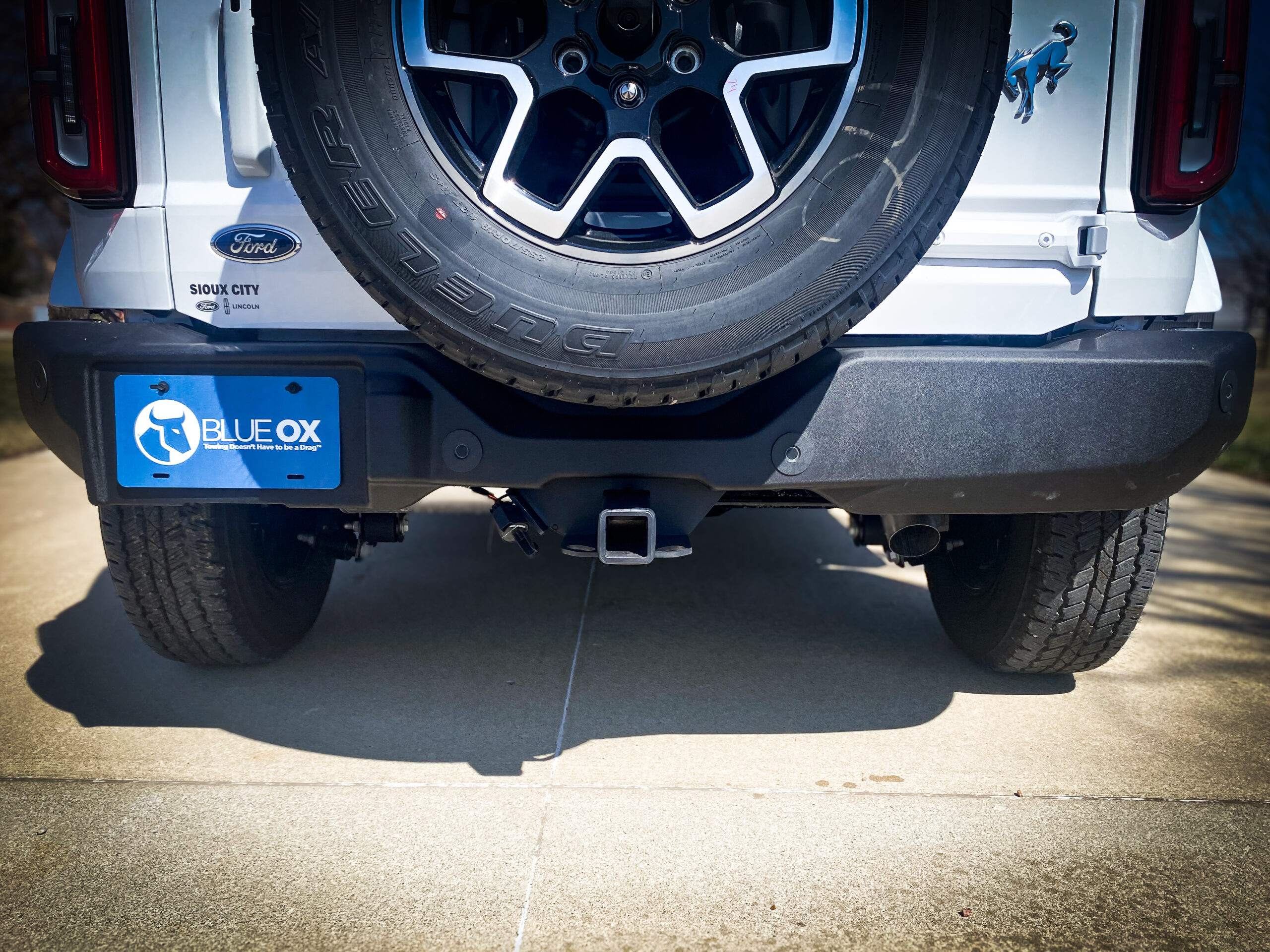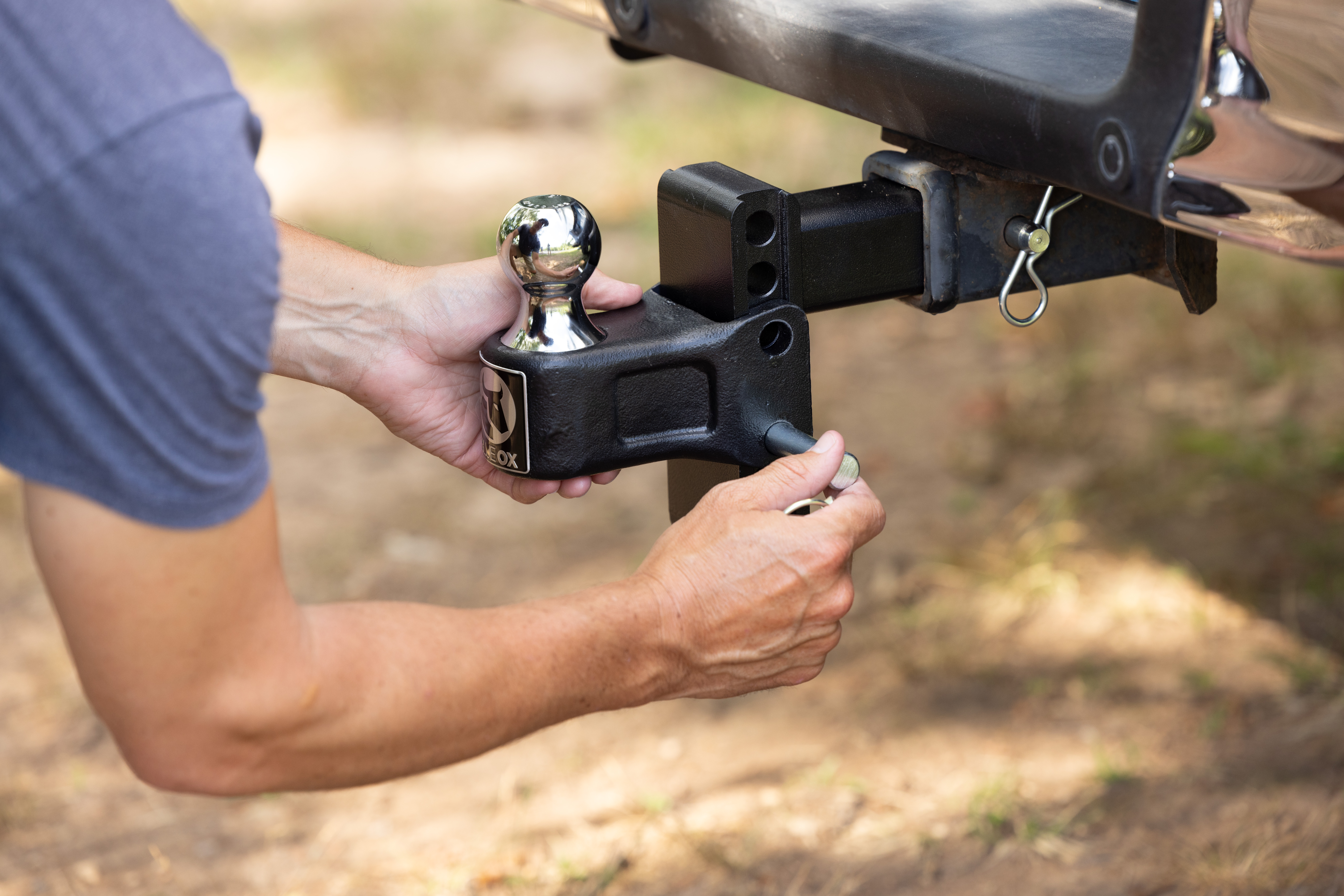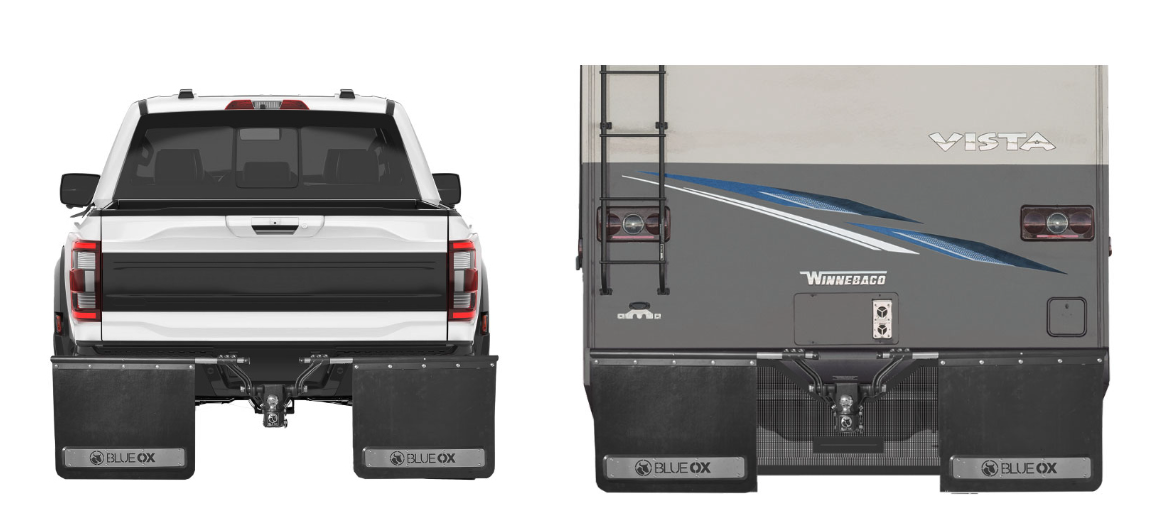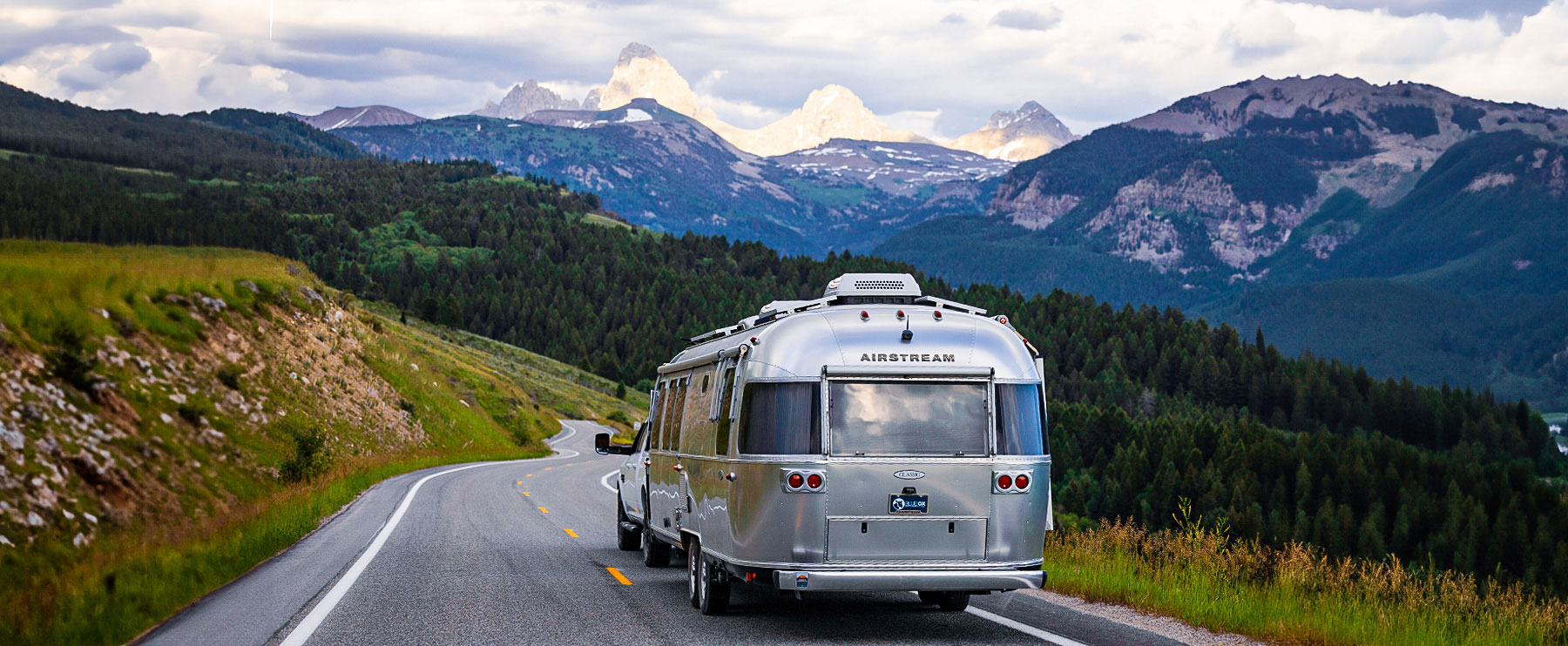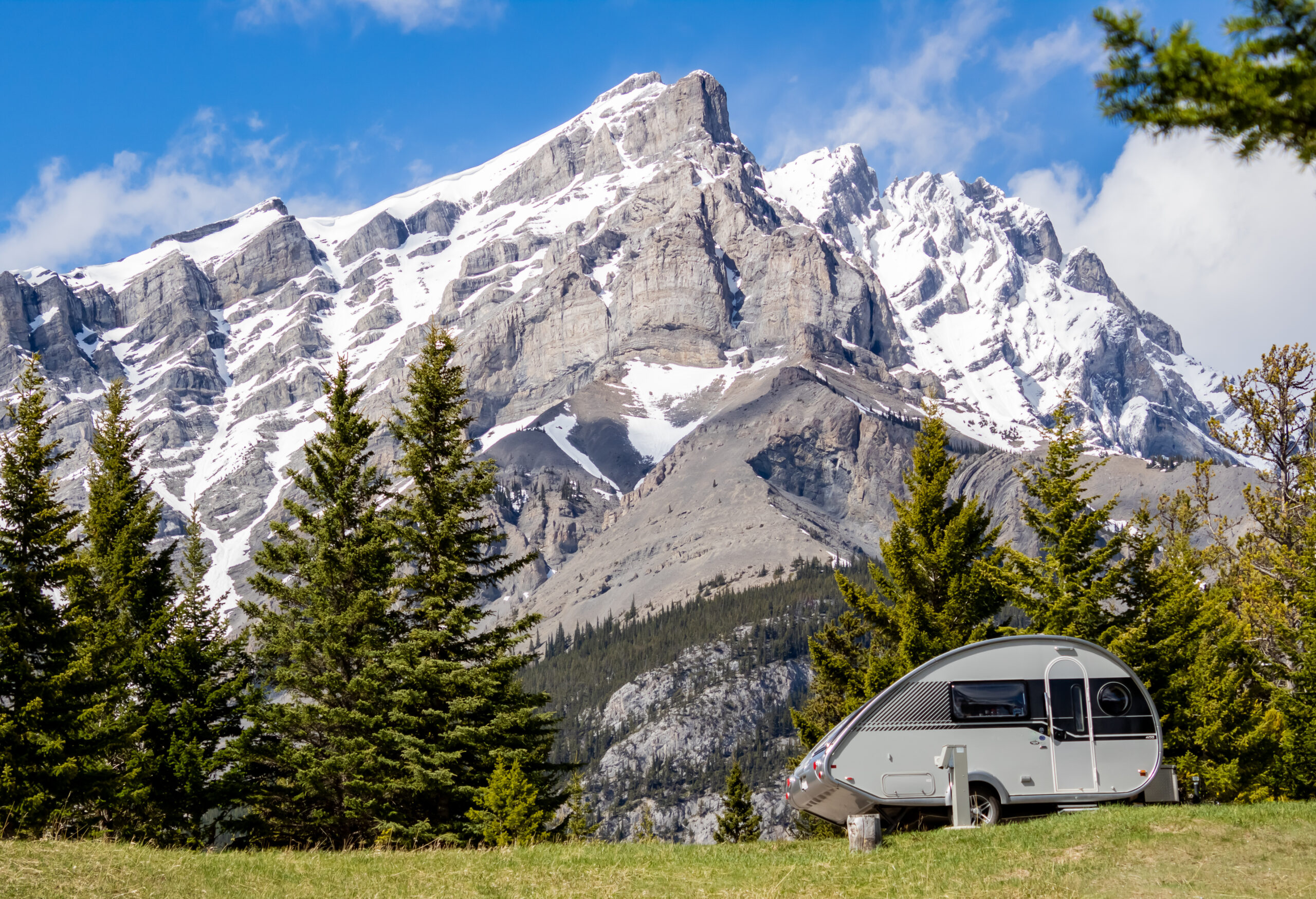Taking an RV trip is quickly becoming one of the most popular ways to travel in 2020. If you don’t already own one, you might be thinking about buying a used RV. Purchasing a pre-owned RV is a great way to get the rig you want without paying a pretty penny for one that is brand new. Just like a car, an RV depreciates as soon as it is driven off the lot, so let someone else take the hit. If you’re ready to get one of your own, check out these tips for buying a used RV to be sure you don’t end up with a hunk of junk.
1. Decide What Your Budget Will Be
Before you start looking at used RVs, make sure you know how much you are willing to spend. It is easy to get caught up in the excitement of looking at an RV and imagining how enjoyable it will be to cruise around the country and get your sights set on something you can’t afford. Not to mention, the salespeople are likely to show you models with upgrades and fancy features that could skyrocket the price.
2. Always See It Before You Buy It
Buying a pre-owned RV is a significant investment, and you should steer clear of anyone who won’t allow you to do a thorough walkthrough before you make a decision. Even if it seems like a good deal, there is likely a reason they are avoiding it. Ideally, you will want to speak with the person who actually owns the RV so that you can get a clear picture of how often it was driven, how well it was cared for, if was it winterized properly, if it had previous owners, etc. If it is at a dealership, they should be able to tell you this type of information as well, so don’t be afraid to ask questions and whether or not they have maintenance records.
3. Check for Signs of Mold
You might not see obvious signs of water damage, but mold on an RV’s interior is a sign that there may be water leaks or other water issues. Look over the entire interior, including the corners of the floors and ceilings, up and down the walls, caulked areas in the bathroom, and inside cabinets and closets. If you open up a closet or cabinet, and it feels warmer than the rest of the RV, there could be mold growing inside. Bring a flashlight if the lighting is poor so you can get a good look in those dark areas. You can often smell mold, so use your nose too.
4. Check the Ceiling
Seeing any brown spots or bowing when you inspect the ceiling is a sign of water damage. Water damage to the ceiling can be repaired, but you may uncover other issues that must be addressed in the process if this is the case. Taking on this kind of repair project is often not worth the time and money.
5. Inspect the Floors
As with the ceiling, check for brown spots or weak areas on the floors. Notice how the floor feels under your feet as you walk around and don’t be afraid to do a little jumping in areas that see the most water, like the kitchen and bathroom. Too much instability can be a sign that the floor may be starting to rot. A sound floor should feel sturdy and stable.
6. Look Under Exterior Trim and Inside Exterior Panels
Inspect the outside of the RV and pay attention to the trim and panels. Visible rust or corrosion may be a sign that water has already started to make its way in. Check the screws as well. If they still look clean and painted, that is a good sign.
7. Inspect the Roof
If not maintained adequately, an RV roof can start to show signs of wear and tear. The previous owner should have been keeping up with maintenance tasks such as re-caulking the seals on the roof around vents and skylights. Check the roof yourself to see whether or not these sealed areas look maintained. You should also check that the roof is stable by carefully walking on top of it. If it doesn’t feel sturdy and has too much give to it, it could be rotting.
8. Ask If It Was Smoked In or Had Animals Inside
If you or anyone who will be traveling with you has allergies to cats, dogs, or smoke, this is information you will want to know. Usually, you can tell by using the smell test, but if the RV was recently cleaned, the smells might be covered up and not be noticeable until later when the lemony-fresh scent has worn off.
9. Press All the Buttons
Ideally, you should also take the time to check all of the buttons. Turn on all the inside lights, check clearance lights, test brake lights, level the jacks, turn on the hot water, test the water pump, and turn on each faucet. It might seem like overkill, but the last thing you want is to get home and realize one of these key features isn’t working correctly.
10. Take It for a Test Drive
We’ve all heard the saying “try it before you buy it”, and this certainly applies to buying a used RV. If the current owner won’t let you take it for a test drive for any reason, that is a major red flag. You need to know how the rig handles on the open road at various speeds, when taking turns, and when braking. You will also want to see how you feel driving it. You might find that it feels too big for you, or it could be a perfect fit. Don’t forget that once you have finished packing your RV, it will feel heavier and may drive differently.
Hit the Road with the Best Equipment
When preparing for an RV trip, be sure you have the equipment you need to get to your destination safely! Blue Ox has a wide selection of equipment and accessories for towing a car behind an RV, preventing trailer sway, creating a smooth ride, and more. Check out our website to browse our products.

